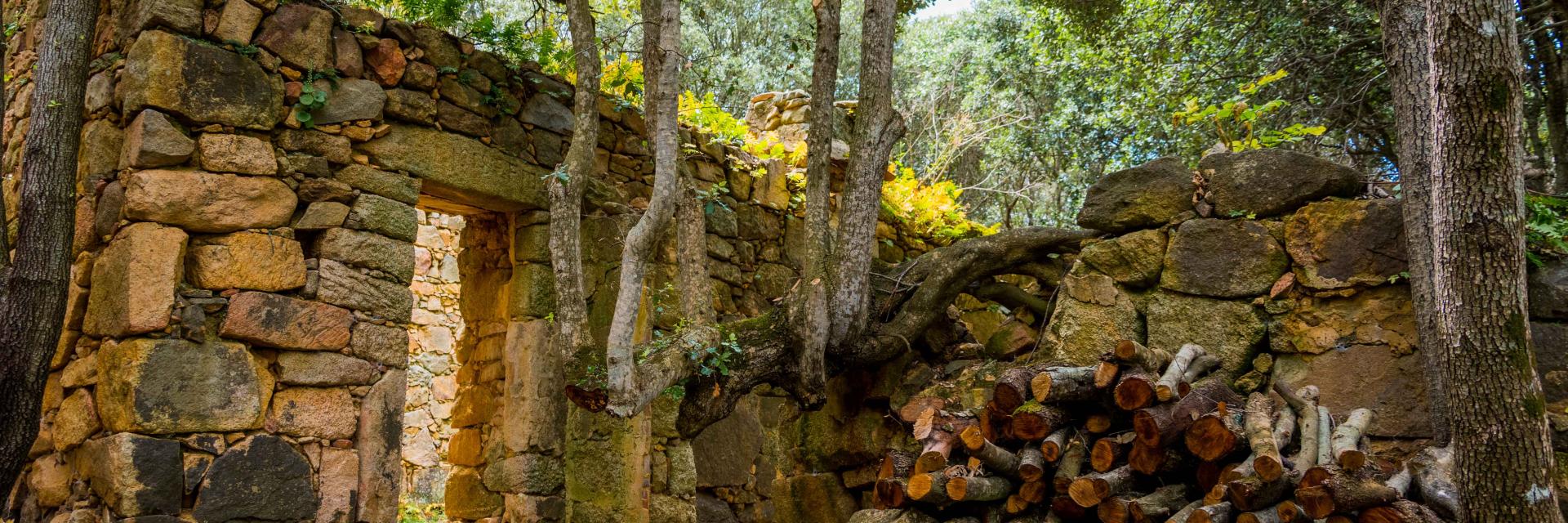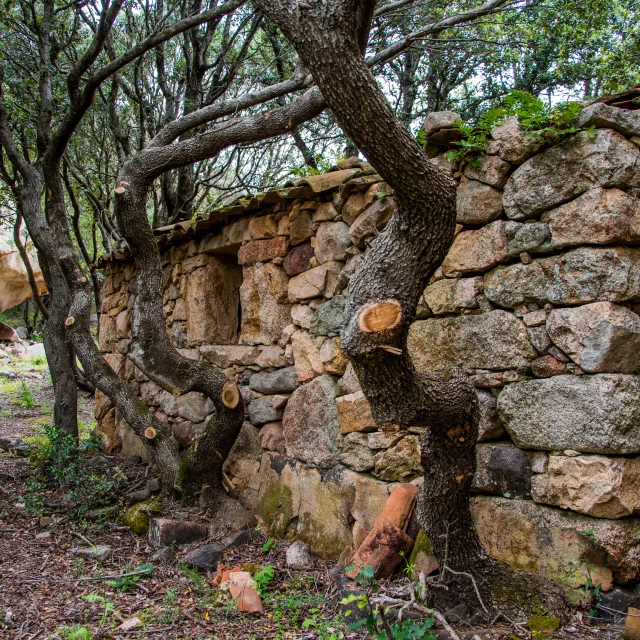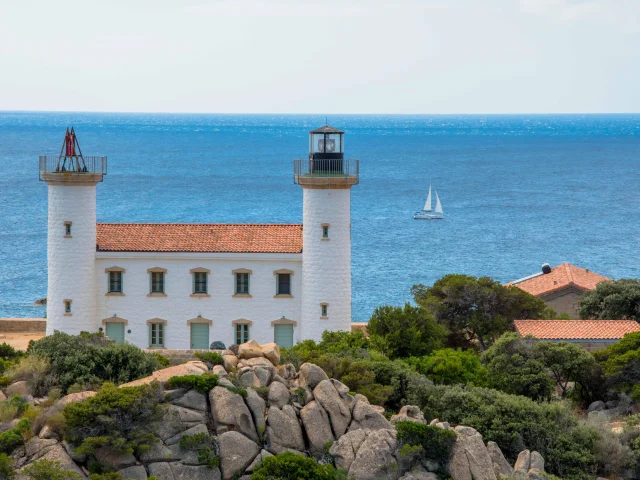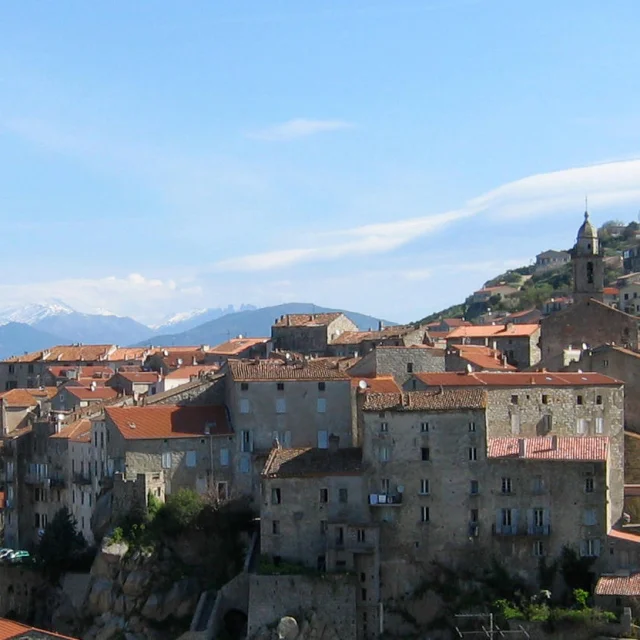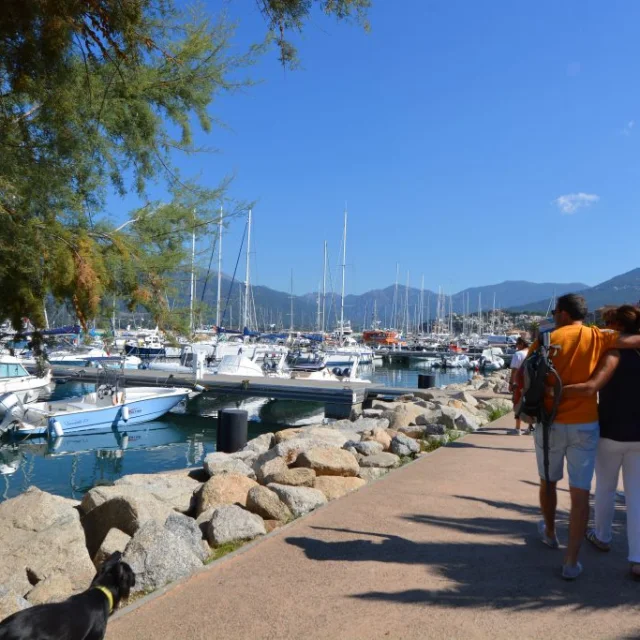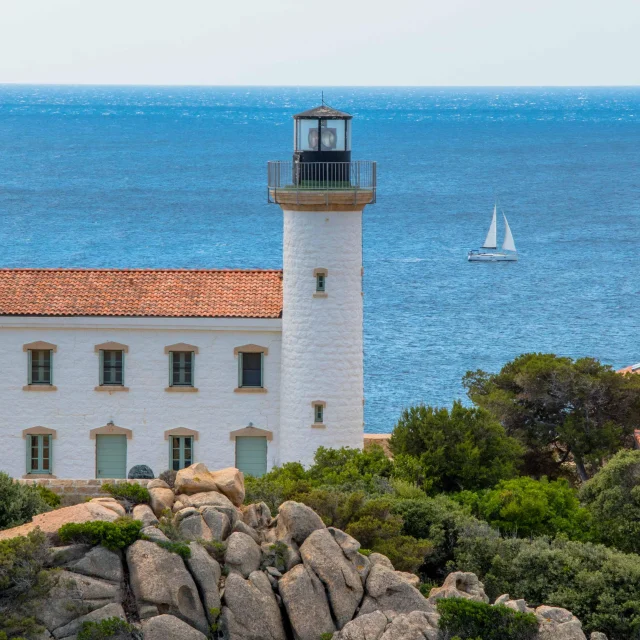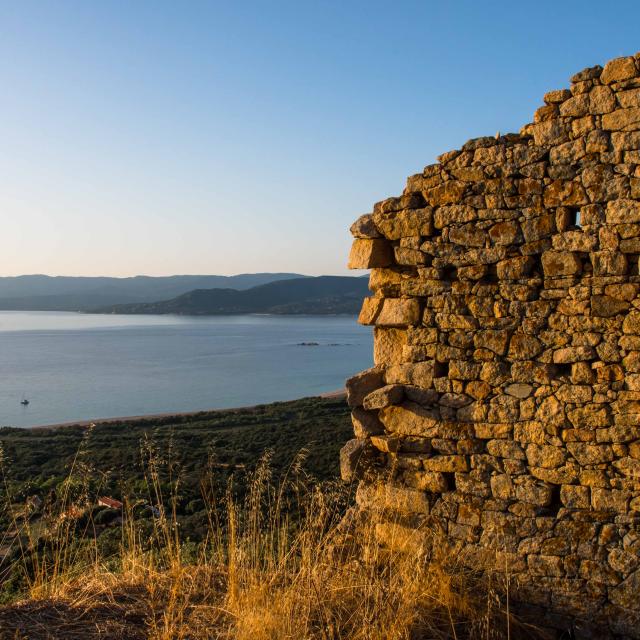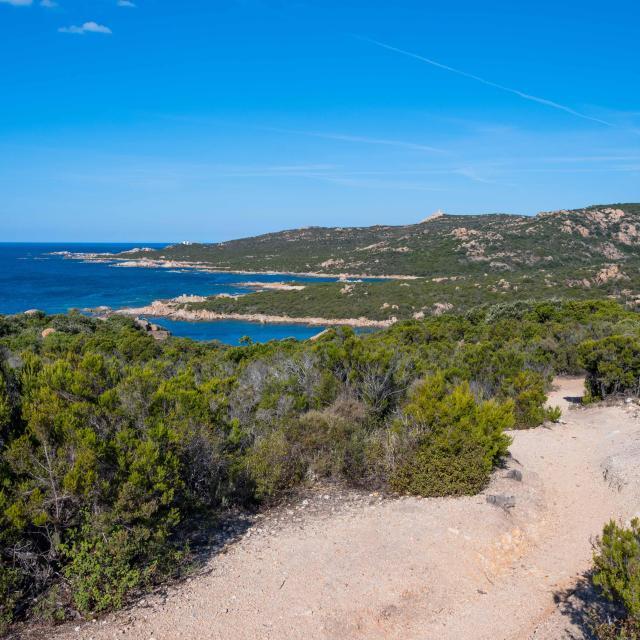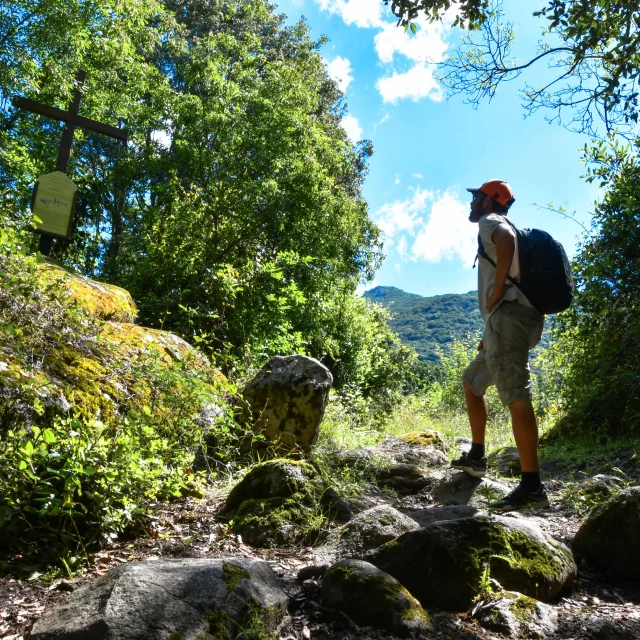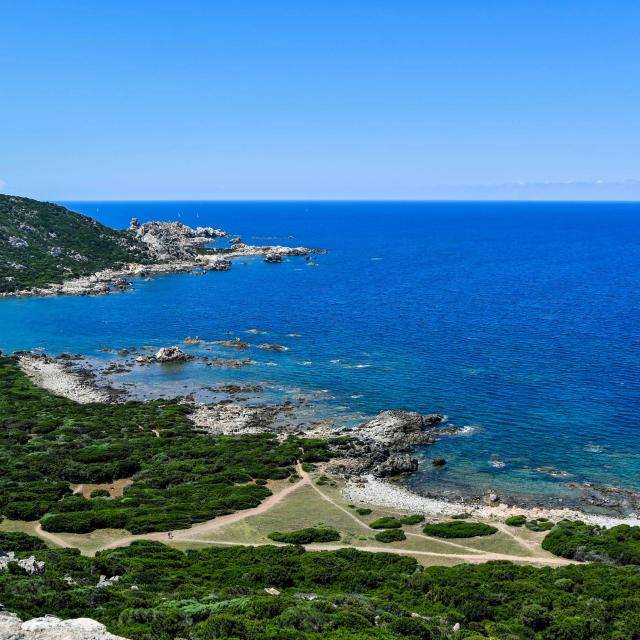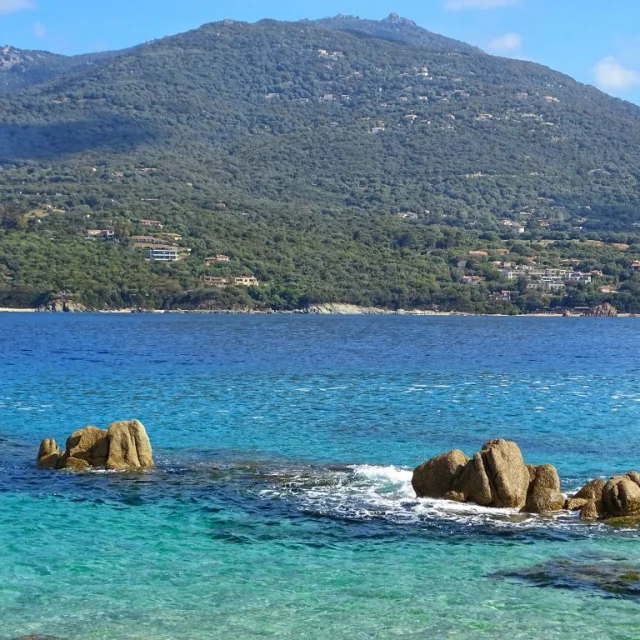🌿As you make your way along the path, you’ll enjoy a fragrant walk in the heart of a wilderness where the maquis is dense. 🌿 It climbs gently, forming multiple bends and crossing a small forest shaded by garrigue oak (or kermes oak).
🥾 Route lasting 30 minutes’ walk (one way)
You will reacha beautiful stone wall, along which a paved path runs. The first house in the village is just beyond. An information panel tells you the story of the abandoned village.
The return journey takes the same path.
Find all the information on the local authority website
The tourist office cannot be held responsible for any accidents that may occur on this walk.
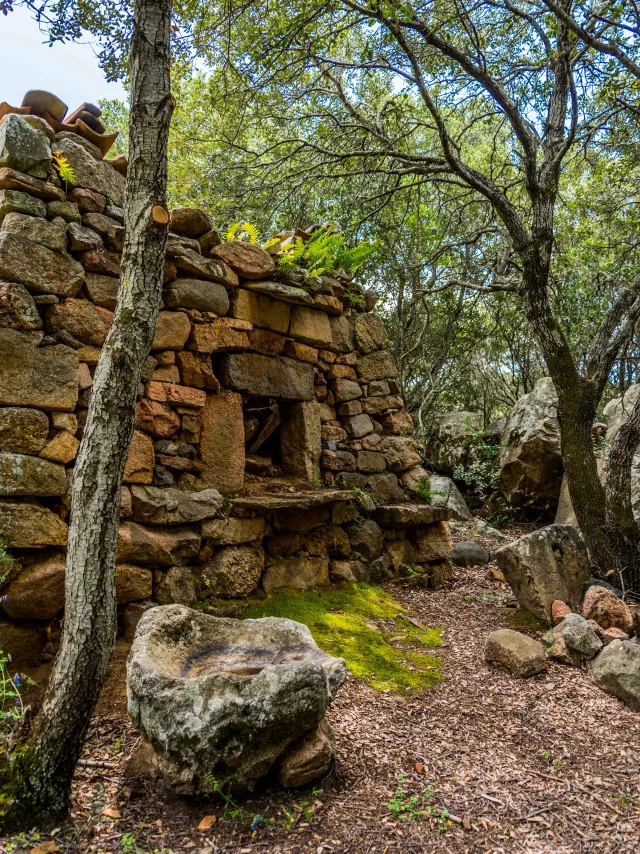 Dl Bd Ld Villageabandonnearridavu Jpeg 48
Dl Bd Ld Villageabandonnearridavu Jpeg 48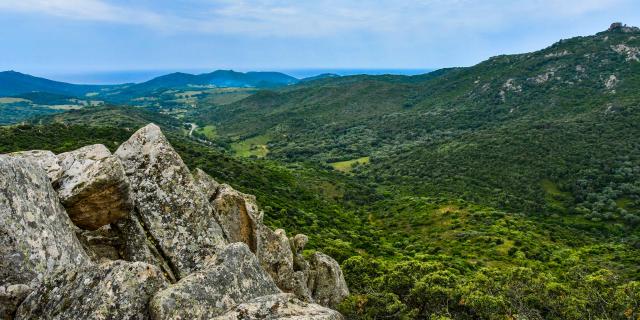 Dl Bd Ld Villageabandonnearridavu Jpeg 4
Dl Bd Ld Villageabandonnearridavu Jpeg 4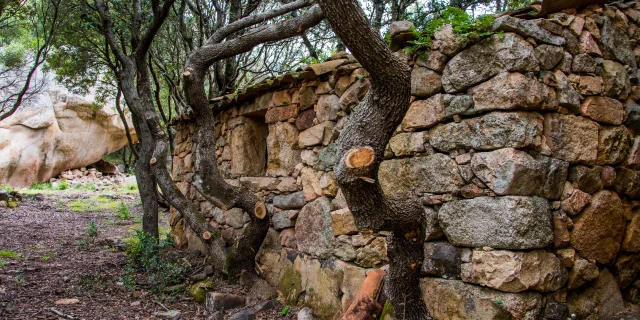 Dl Bd Ld Villageabandonnearridavu Jpeg 53
Dl Bd Ld Villageabandonnearridavu Jpeg 53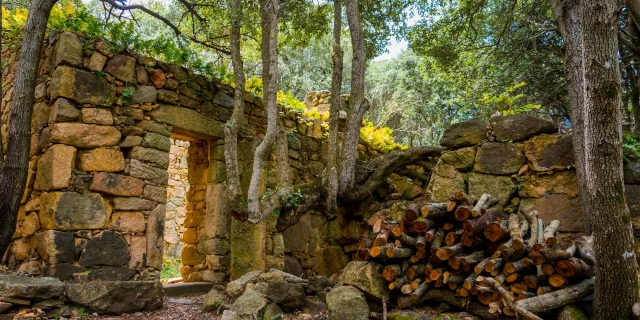 Dl Bd Ld Villageabandonnearridavu Jpeg 27
Dl Bd Ld Villageabandonnearridavu Jpeg 27